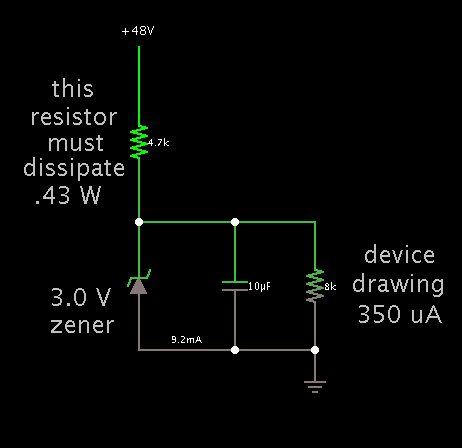ELEFANTOMET
Junior Member level 2
Hi,
im looking for a solution to supply this https://www.analog.com/static/imported-files/data_sheets/ADXL326.pdf ADXL326 accelerometer, from the Phantom Power from this https://www.motu.com/products/motuaudio/8pre/ soundcard. How is this possible, i've searched the internet, and can't find a reasonable solution ?
im looking for a solution to supply this https://www.analog.com/static/imported-files/data_sheets/ADXL326.pdf ADXL326 accelerometer, from the Phantom Power from this https://www.motu.com/products/motuaudio/8pre/ soundcard. How is this possible, i've searched the internet, and can't find a reasonable solution ?




